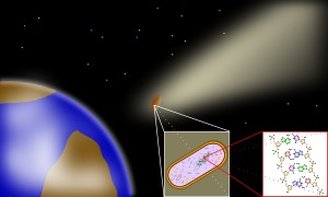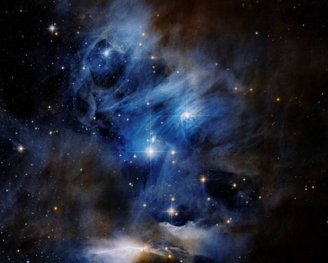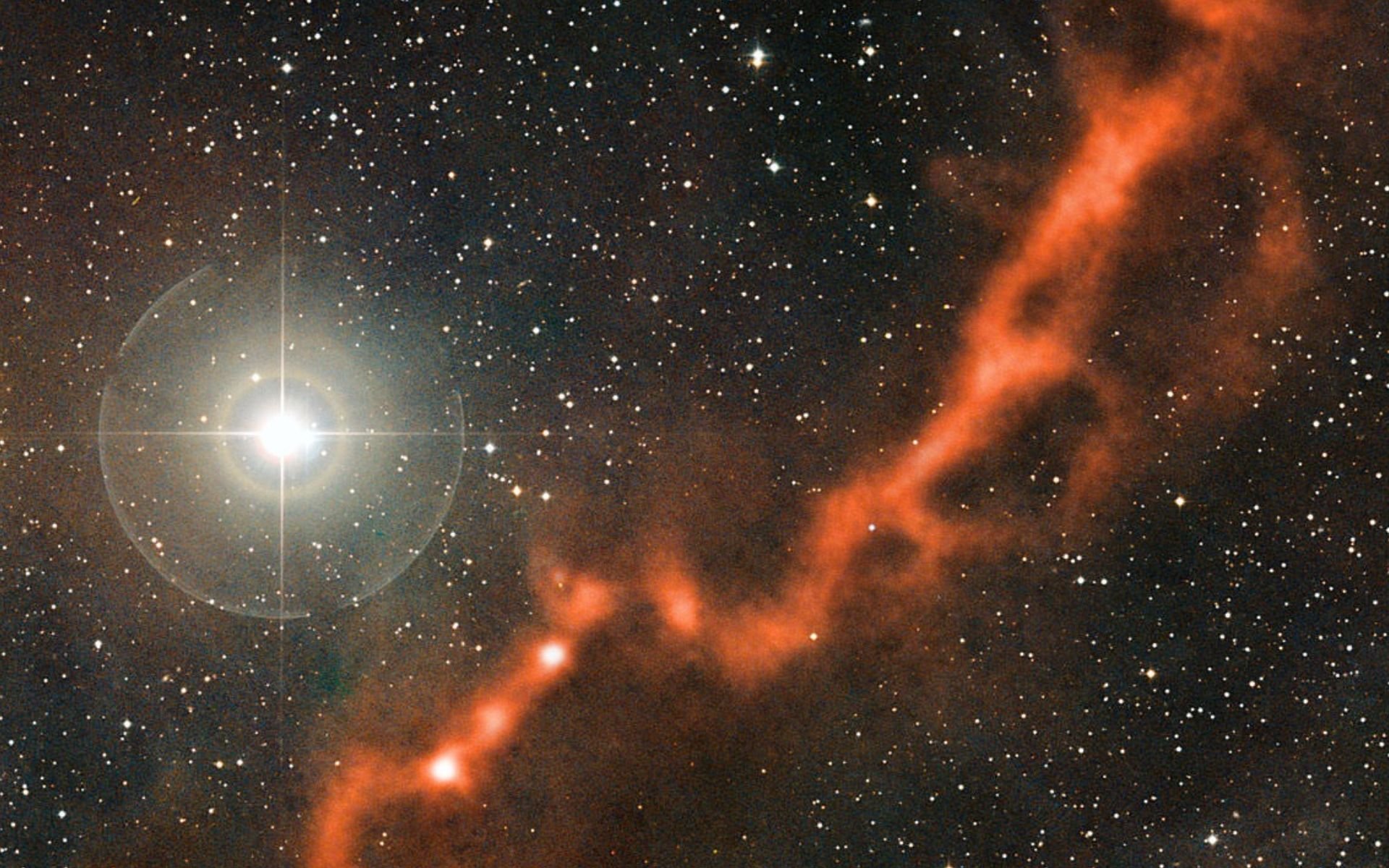In our never-ending quest to understand life beyond Earth, we have focused our attention on Mars, the icy moons of Jupiter, and the enigmatic moons of Saturn. But an intriguing new frontier is emerging in the search for extraterrestrial life: molecular clouds.
Scientists have discovered that life on Earth thrives in difficult places like frozen Antarctic lakes, alkaline lakes, and even inside nuclear reactors. In parallel, astronomers have made groundbreaking discoveries about the basic building blocks of life that pervade the universe.
Amino acids hidden in meteorites, organic compounds (ISM) and polycyclic aromatic hydrocarbons (PAHs) dispersed in interstellar space have been discovered.
The mystery of molecular clouds
Molecular clouds inherently present challenges. They are characterized by extreme cold that can reach -263 degrees Celsius. They also lack solid surfaces, which is a major obstacle to life in the area.
Chinese researcher Lei Feng presented an innovative idea titled “Possibilities of methanogenic and acetogenic life in a molecular cloud.” He argues that life may have emerged in space as a result of methanogens or acetogens (species of bacteria that produce methane and acetic acid as byproducts).
Feng’s hypothesis is based on the concept of panspermia. Life exists everywhere in the universe and is distributed by asteroids, comets, cosmic dust and minor planets..

liquid hydrogen solution
To face the challenges of extreme cold, Feng proposes a radical solution. Liquid hydrogen, which remains liquid between 13.99 K and 20.27 K, It could be a viable alternative to water by providing the conditions necessary for biochemical reactions similar to those on Earth.
Feng’s concept of cosmic ray-driven bioenergetics offers an innovative solution to the energy problem. If hydrogen molecules become ionized, these hypothetical organisms could adapt and thrive in the cold, dark, and seemingly inhospitable conditions of molecular clouds.

Methanogenic bacteria, one of the first life forms on Earth, produce methane and free energy in environments where oxygen is low, making them suitable for survival.
Feng’s hypothesis challenges conventional wisdom about the origins of life and its potential for existence in the vast universe. But it faces related challenges such as: Short duration of molecular clouds, usually lasting about 100 million years.
Moreover, the concept of last universal common ancestor (LUCA) is still a matter of speculation.
Stay up to date with the latest astronomical studies at TecMundo. If you wish, take the opportunity to learn how glaciers on Mercury can support life.
Source: Tec Mundo
I’m Blaine Morgan, an experienced journalist and writer with over 8 years of experience in the tech industry. My expertise lies in writing about technology news and trends, covering everything from cutting-edge gadgets to emerging software developments. I’ve written for several leading publications including Gadget Onus where I am an author.












